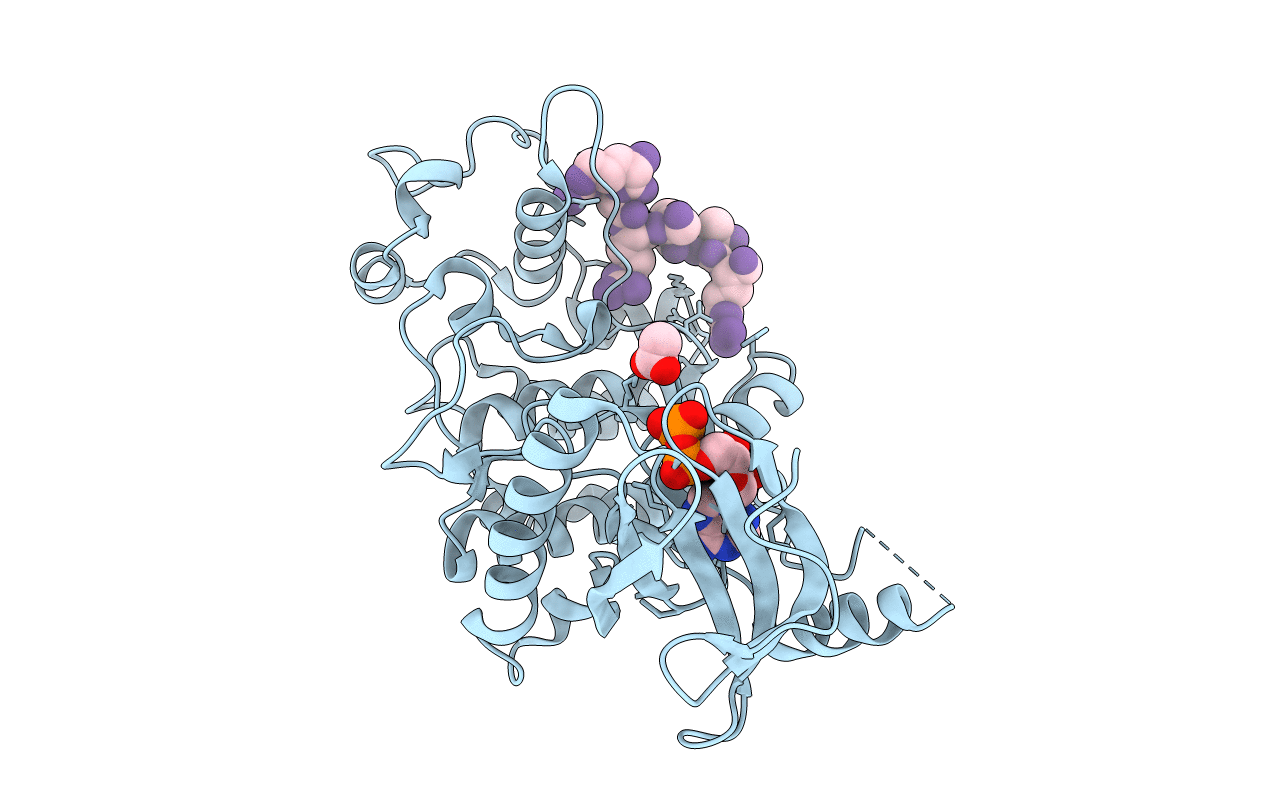
Deposition Date
2004-11-04
Release Date
2005-10-19
Last Version Date
2023-12-13
Method Details:
Experimental Method:
Resolution:
2.40 Å
R-Value Free:
0.24
R-Value Work:
0.22
R-Value Observed:
0.22
Space Group:
P 65 2 2


